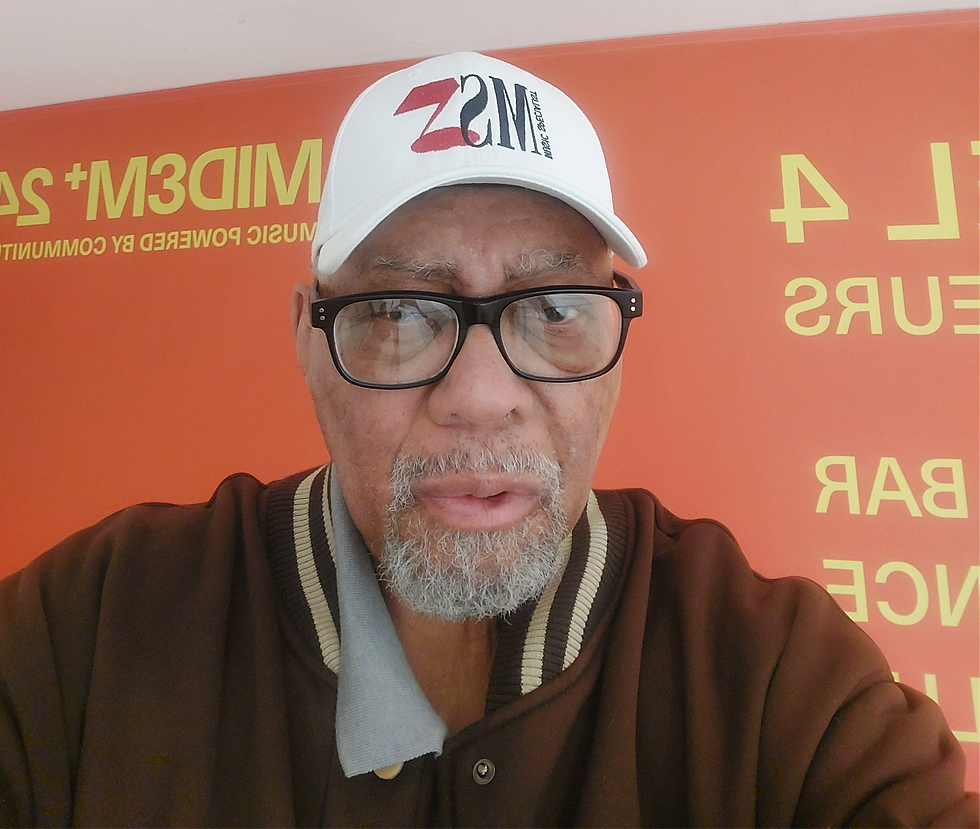CELLPHONES, EDUCATION AND YOU
- Allen Johnston

- Jun 21, 2024
- 2 min read

By Allen Johnston – The Music Specialist
Website: www.asha.com
My international travels have broadened my perspective on the opportunities available worldwide for people of color, especially African-American musicians and multimedia creators. What I've observed is a global aspiration for American fame and success portrayed in magazines, movies, and videos. Worldwide, people strive to emulate African-American icons like "Mike."
As an advocate for education, I believe African-Americans have a duty to contribute to the education and welfare of Africans globally. Let's discuss the current state of the Black music industry in the United States. Last year, discretionary income controlled by African-Americans surpassed $20 billion. While significant, this amount pales in comparison to the $30 billion profit Shell Oil reported in the UK alone this year—a stark example of economic disparity affecting people of color worldwide.
It's clear that profits of this magnitude aren't necessarily used to educate or uplift communities globally. Therefore, the question arises: how can we effectively enhance education for people of color worldwide? One approach is through creating music and multimedia projects rooted in "Old-School" Values and Morals—avoiding explicit language, crude innuendos, or divisive rhetoric. Instead, these projects should stimulate thought and inspire meaningful reflection among listeners.
Accessibility and affordability are pivotal in reaching large audiences worldwide. The Internet, particularly accessible via cell phones, offers unparalleled opportunities for reaching the masses. Sixty-one percent of the world's 2.7 billion mobile phone users reside in developing countries, compared to just ten percent of the world's 1 billion Internet users. This insight comes from Susan Schorr, head of the International Telecommunication Union's Regulatory and Market Environment Division.
In Africa, where over half of the world's poorest countries are located, low-cost cell phones have become the primary means of Internet connectivity, surpassing traditional PCs. Similarly, India boasts over 226 million cell phone subscribers, representing nineteen percent of its population, with millions more joining monthly. This surge has not only reduced manufacturing costs but also led to affordable service options, predominantly prepaid contracts.
Initiatives like the Grameen Foundation's Village Phone model have revolutionized connectivity in Africa, allowing individuals to become mobile phone operators through microloans. These operators provide essential services like phone calls and mobile data in their communities, bridging information gaps in remote areas.
Cellphone-based Internet delivery circumvents government-controlled media, serving as an alternative source of information. During recent unrest in Kenya, for instance, citizens used text messaging to share updates via platforms like the Mashada website, overcoming government-imposed news blackouts and maintaining crucial communication with their communities.
For producers, writers, musicians, filmmakers, artists, and educators, this opens new avenues to showcase projects, products, and ideas to a global audience. Cell phones and wireless devices continue to expand Internet access, offering unprecedented access to information, knowledge, and communication capabilities.
The only missing element is you—your ideas, your creativity, and your contribution to the world.




Comments